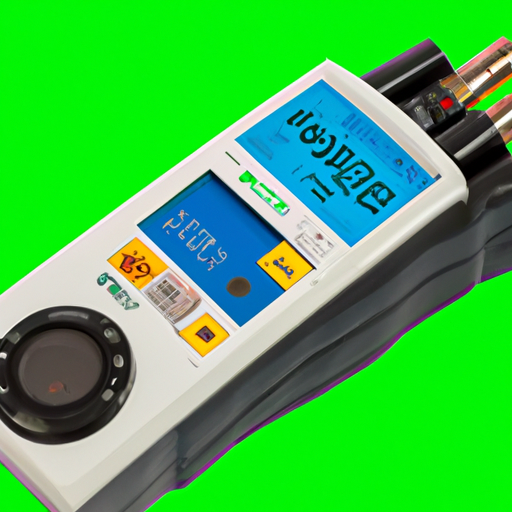

RTD resistance temperature detectors are widely used in various industries for measuring temperature accurately and reliably. These sensors are known for their high accuracy, stability, and repeatability, making them a popular choice for temperature measurement applications. In this article, we will discuss the market policies that govern the use of RTD resistance temperature detectors and how they impact the industry.

Another important market policy that impacts the use of RTD resistance temperature detectors is the certification and calibration requirements. In many industries, such as pharmaceuticals, food and beverage, and aerospace, temperature measurement is critical for ensuring product quality and safety. As a result, regulatory bodies such as the FDA and ISO require that temperature sensors be calibrated and certified to ensure their accuracy and reliability. Manufacturers of RTD sensors must comply with these requirements by providing traceable calibration certificates and ensuring that their sensors meet the necessary accuracy specifications.
In addition to standardization and certification, market policies also govern the pricing and distribution of RTD resistance temperature detectors. The pricing of these sensors is influenced by factors such as the cost of materials, manufacturing processes, and competition in the market. Manufacturers must carefully consider these factors when setting the price of their sensors to remain competitive and profitable. Distribution channels also play a key role in the market policies governing RTD sensors, with manufacturers often selling their products through distributors, resellers, and online platforms to reach a wider customer base.
Furthermore, market policies also impact the research and development of RTD resistance temperature detectors. As technology advances and new materials and manufacturing processes become available, manufacturers must continually innovate and improve their sensors to meet the changing demands of the market. Research and development efforts are often driven by market trends, customer feedback, and regulatory requirements, with manufacturers investing in new technologies and capabilities to stay ahead of the competition.
Overall, the market policies that govern the use of RTD resistance temperature detectors play a crucial role in shaping the industry and ensuring the quality and reliability of temperature measurement. By adhering to standards, certifications, pricing strategies, and research and development efforts, manufacturers can meet the needs of their customers and remain competitive in the market. As technology continues to evolve, it is important for manufacturers to stay informed about market policies and trends to stay ahead of the curve and continue to provide high-quality temperature measurement solutions.
RTD resistance temperature detectors are widely used in various industries for measuring temperature accurately and reliably. These sensors are known for their high accuracy, stability, and repeatability, making them a popular choice for temperature measurement applications. In this article, we will discuss the market policies that govern the use of RTD resistance temperature detectors and how they impact the industry.

Another important market policy that impacts the use of RTD resistance temperature detectors is the certification and calibration requirements. In many industries, such as pharmaceuticals, food and beverage, and aerospace, temperature measurement is critical for ensuring product quality and safety. As a result, regulatory bodies such as the FDA and ISO require that temperature sensors be calibrated and certified to ensure their accuracy and reliability. Manufacturers of RTD sensors must comply with these requirements by providing traceable calibration certificates and ensuring that their sensors meet the necessary accuracy specifications.
In addition to standardization and certification, market policies also govern the pricing and distribution of RTD resistance temperature detectors. The pricing of these sensors is influenced by factors such as the cost of materials, manufacturing processes, and competition in the market. Manufacturers must carefully consider these factors when setting the price of their sensors to remain competitive and profitable. Distribution channels also play a key role in the market policies governing RTD sensors, with manufacturers often selling their products through distributors, resellers, and online platforms to reach a wider customer base.
Furthermore, market policies also impact the research and development of RTD resistance temperature detectors. As technology advances and new materials and manufacturing processes become available, manufacturers must continually innovate and improve their sensors to meet the changing demands of the market. Research and development efforts are often driven by market trends, customer feedback, and regulatory requirements, with manufacturers investing in new technologies and capabilities to stay ahead of the competition.
Overall, the market policies that govern the use of RTD resistance temperature detectors play a crucial role in shaping the industry and ensuring the quality and reliability of temperature measurement. By adhering to standards, certifications, pricing strategies, and research and development efforts, manufacturers can meet the needs of their customers and remain competitive in the market. As technology continues to evolve, it is important for manufacturers to stay informed about market policies and trends to stay ahead of the curve and continue to provide high-quality temperature measurement solutions.